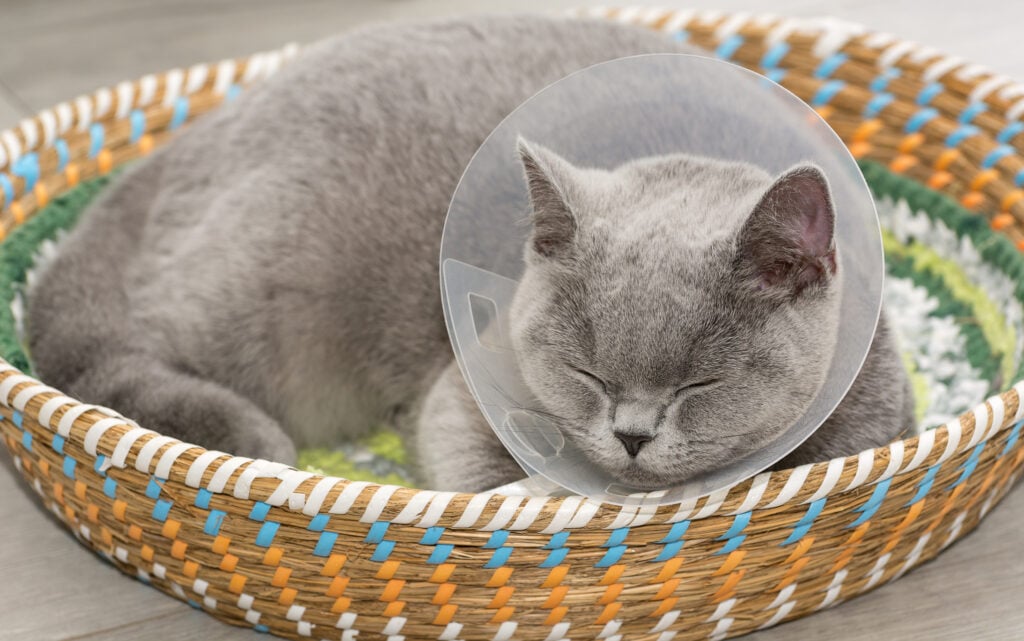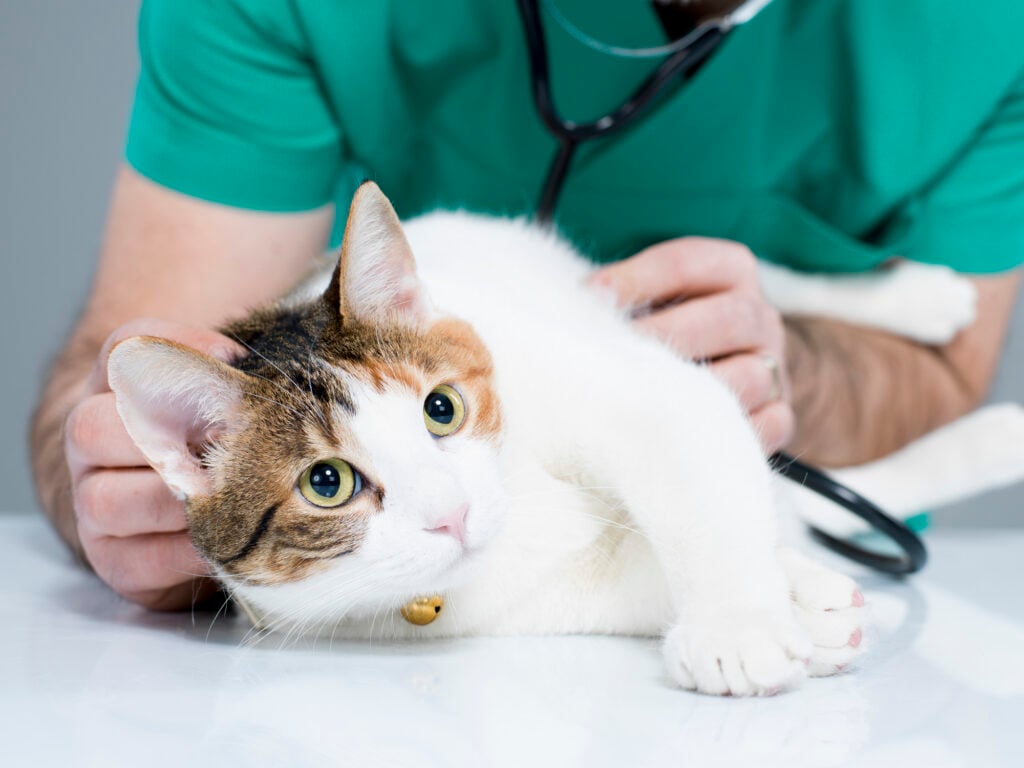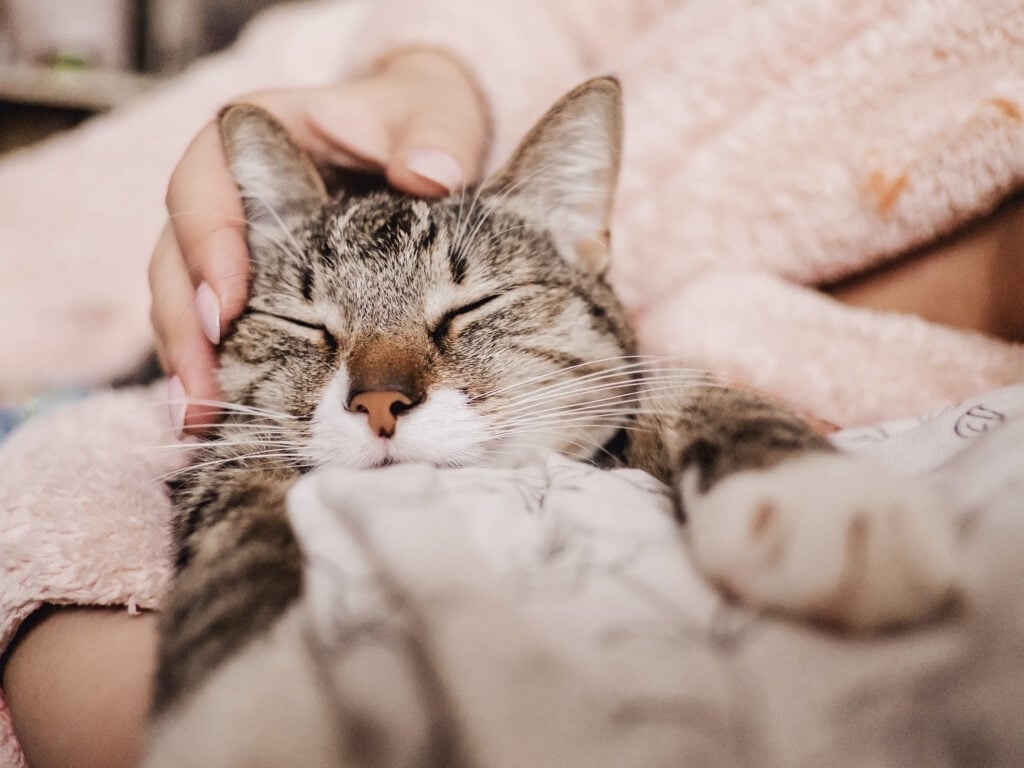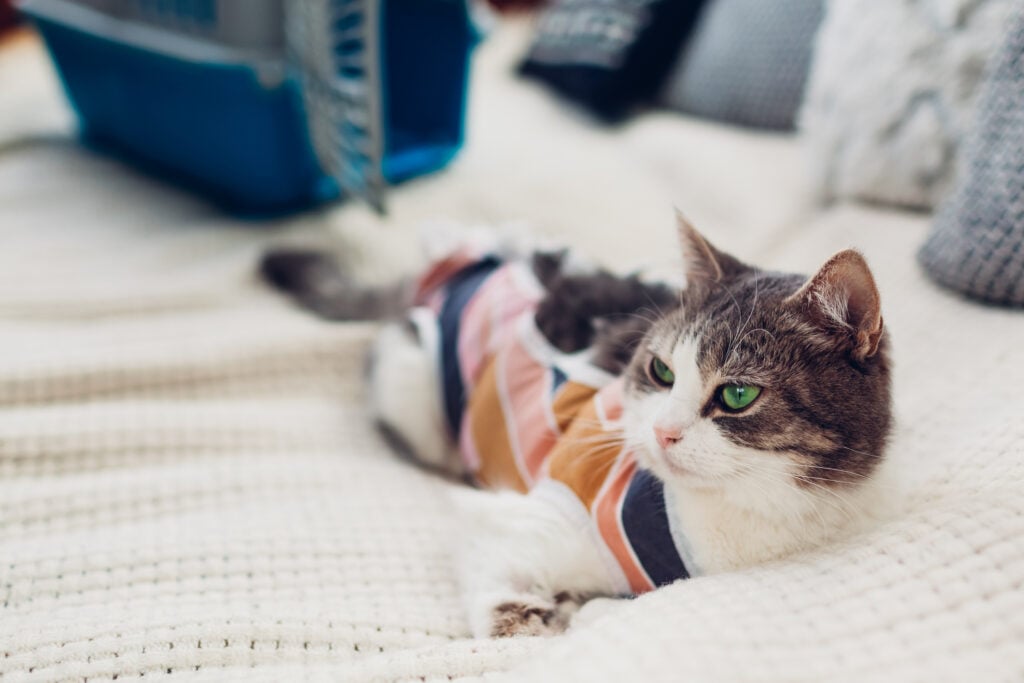When you spay your cat it is one of the most important decisions you can make to support her long-term health and well-being. Whether you’ve recently adopted a kitten or you’re caring for an adult female cat, understanding the spaying process, recovery, and benefits will help you prepare for a smooth experience.
This guide breaks down everything cat owners need to know before, during, and after the spay procedure.
What Does It Mean to Spay a Cat?
Spaying is a surgical procedure that removes a female cat’s ovaries and uterus to prevent pregnancy. It is typically performed under general anesthesia by a licensed veterinarian. The medical term for spaying is ovariohysterectomy.
Spaying permanently eliminates the ability to reproduce and stops the heat cycle.
When Should You Spay Your Cat?

Veterinarians generally recommend spaying your cat around 5 to 6 months of age, although adult cats can be safely spayed at any age.
-
Kittens: Spaying before the first heat cycle (usually around 5 months) offers the most health benefits.
-
Adult Cats: It’s never too late to spay. Older cats may have slightly longer recovery periods, but they can still benefit greatly.
Why Spaying Is Important: Key Benefits
Spaying your cat has numerous health and behavioral benefits, including:
-
Prevents Unwanted Litters: Avoid surprise kittens and help control overpopulation.
-
Reduces Cancer Risk: Eliminates the risk of ovarian and uterine cancers and greatly reduces the risk of mammary tumors if done before the first heat.
-
Stops Heat Cycles: Female cats in heat can be loud, restless, and prone to escaping. Spaying stops this behavior.
-
Improves Overall Behavior: Many spayed cats are calmer and more affectionate after the procedure.
-
Protects Community Cats: Reducing stray and feral cat populations helps improve local animal welfare.
What Happens During the Spay Procedure?

Here’s a step-by-step outline of what typically happens:
-
Pre-surgery Checkup: Your vet will conduct a physical exam and may run blood tests.
-
Anesthesia: Your cat will be sedated and monitored throughout the surgery.
-
Surgery: The vet makes a small incision to remove the ovaries and uterus.
-
Recovery Monitoring: After surgery, your cat will be monitored while waking up from anesthesia.
Most cats go home the same day or the next morning.
What to Expect After You Spay Your Cat
Recovery Time:
Full recovery typically takes 10–14 days, during which activity should be limited.
Post-Surgery Care Tips:
-
Limit movement: No jumping or rough play for about two weeks.
-
Monitor the incision: Look for swelling, redness, or discharge.
-
Use a recovery collar: Prevent licking or chewing at the stitches.
-
Provide a quiet space: Keep her calm and comfortable.
-
No bathing: Avoid getting the incision wet until cleared by your vet.
-
Appetite changes: Mild appetite loss is normal for a day or two.
If your cat seems unusually lethargic, is vomiting, or you notice signs of infection, contact your vet immediately.
What Should Cats Eat After Being Spayed?
Most cats can resume their regular diet within a day of surgery. However, your vet may recommend a lighter or smaller meal immediately after anesthesia.
After spaying, your cat’s metabolism may slow slightly. Monitor her weight and consider switching to a spay/neuter-specific formula or a weight management food if needed. Some top-quality cat foods available at Hollywood Feed include:
Always provide fresh water and avoid sudden food changes unless directed by your vet.
Should I Spay My Indoor Cat?
Yes—even indoor cats should be spayed. Although the risk of pregnancy is lower for cats who stay inside, the health and behavioral benefits still apply. Spaying also eliminates the possibility of accidental escapes during heat cycles.

Recap: Spaying Your Cat
-
What It Is: Surgical removal of ovaries and uterus to prevent reproduction.
-
Best Age: Around 5–6 months, before the first heat cycle.
-
Benefits: Reduces cancer risk, prevents heat behavior, improves long-term health.
-
Recovery: 10–14 days with limited activity and incision care.
-
Diet: Return to normal food gradually; monitor weight after spay.
Frequently Asked Questions When you Spay Your Cat
Q: How long does it take a cat to recover from spaying?
A: Most cats recover within 10 to 14 days, though some may feel back to normal in a few days.
Q: Will spaying change my cat’s personality?
A: Your cat’s core personality will remain the same. You may notice a calmer demeanor due to the removal of hormonal fluctuations.
Q: Is spaying painful for cats?
A: The procedure is performed under anesthesia, and pain medication is given to ensure comfort during recovery.
Q: How much does it cost to spay a cat?
A: Prices vary by clinic and region. Some areas offer low-cost spay programs or partnerships with shelters.
Q: Can I hold or cuddle my cat after spaying?
A: Yes, but be gentle. Avoid pressing on her abdomen or disturbing the incision area.
Ready to support your cat’s health for life?
Explore Hollywood Feed’s selection of post-surgery essentials, recovery collars, and vet-recommended cat foods—online or in-store.








